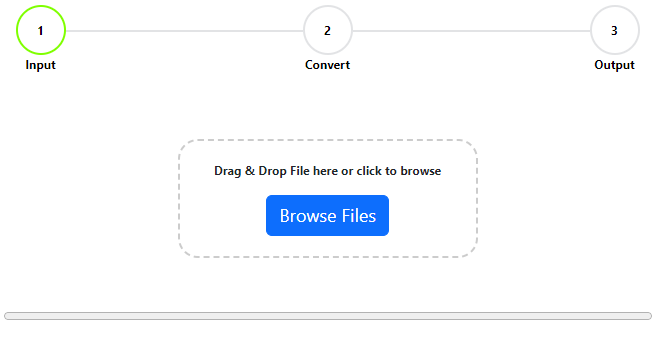Select NULL values in QGIS
In QGIS, as in many other database and GIS systems, a NULL value represents the absence of a value. It indicates that the data is missing or unknown for a particular field in a dataset. Here’s how you can do it step-by-step:
Read More




